Our appliance experts explain how to choose a toaster that suits your kitchen
Get bread-y to hear the expert's take on how to choose a toaster that will fit your kitchen needs

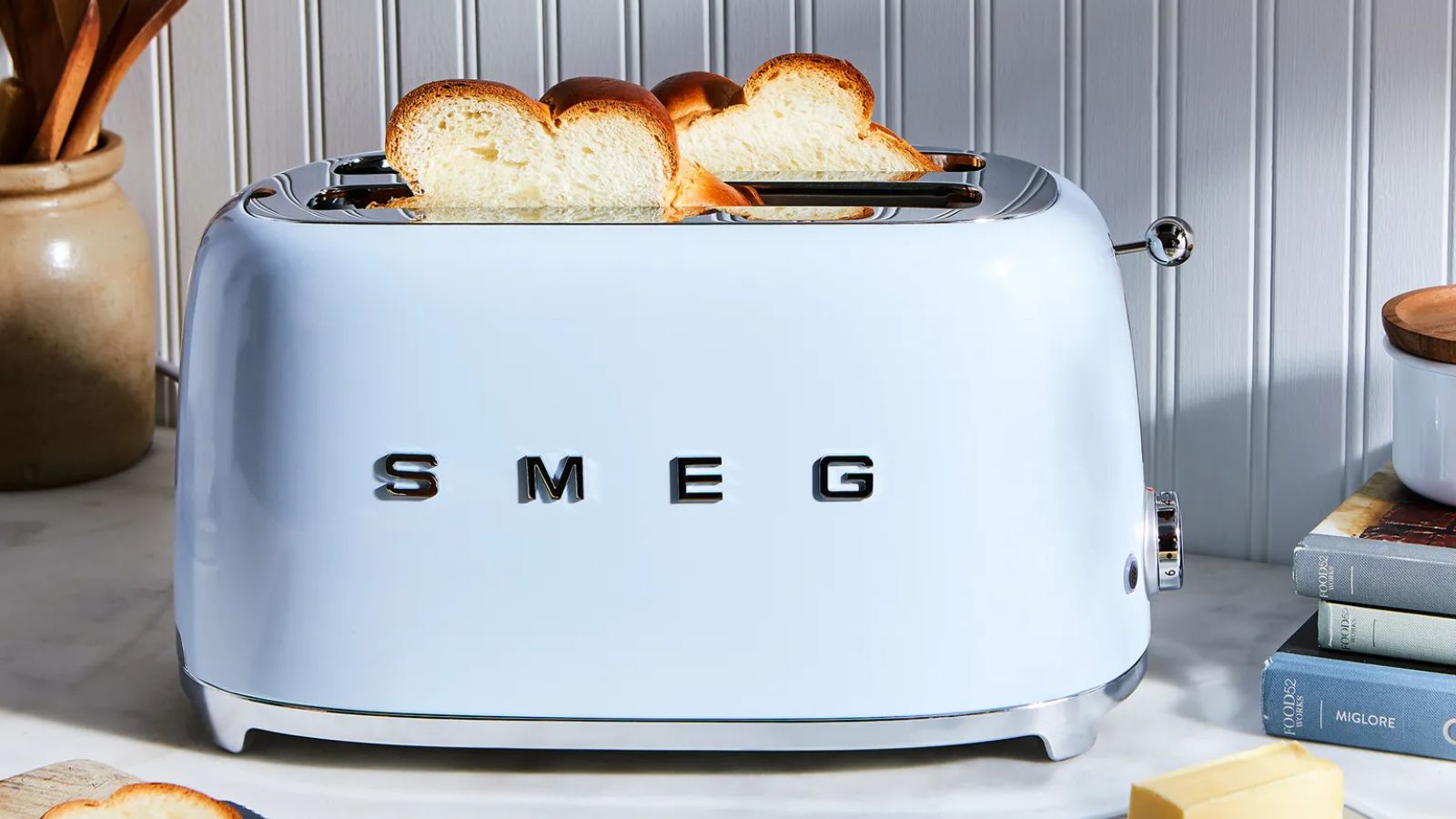
With a jam-packed market of versatile toasters, knowing how to choose the best toaster for your kitchen can be tricky. There are single-slice, two-slice, four-slice toasters, as well as smart toasters and simple toasters too. If that sounds like a lot to handle, don't worry.
Our team of experts works tirelessly, testing the best toasters on the market. We dedicate our days to researching and using the best toasters for every kitchen, home, and slices of bread.
Whether you're looking to make a super stylish countertop statement or you want a simple, pared-back model, here's our advice for how to choose a toaster that will blend into your kitchen, seamlessly becoming the best, most used appliance in your kitchen.
How to choose a toaster
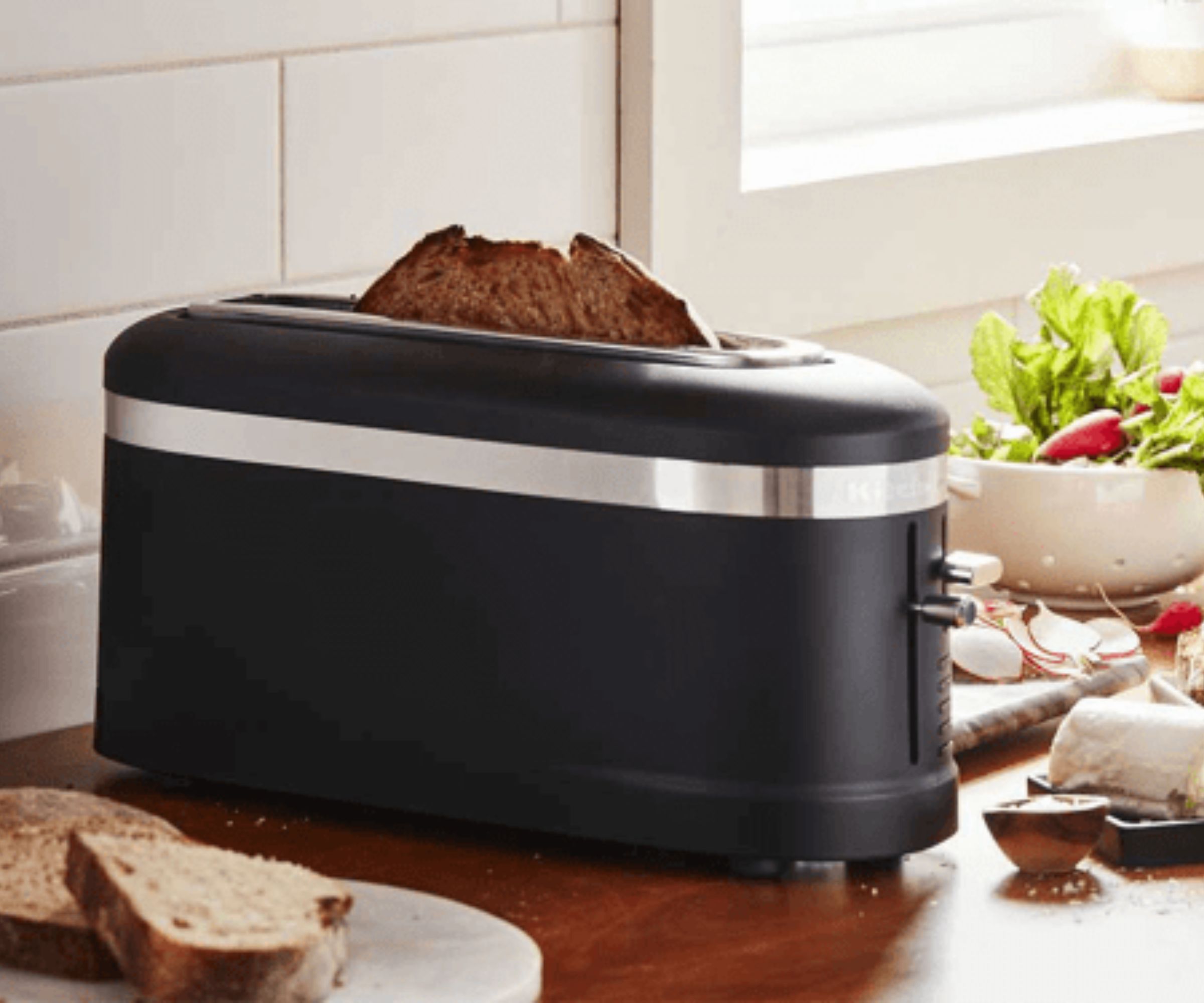
Whilst looks aren't everything, it's important that your toaster matches your interior design. Here's a quick selection of the kettles that we love for each different kitchen style.

For farmhouse-style kitchens
Smeg's iconic toasters look great in any kitchen, but their retro chrome, curves, and pastel colors particularly shine in farmhouse-style interiors.
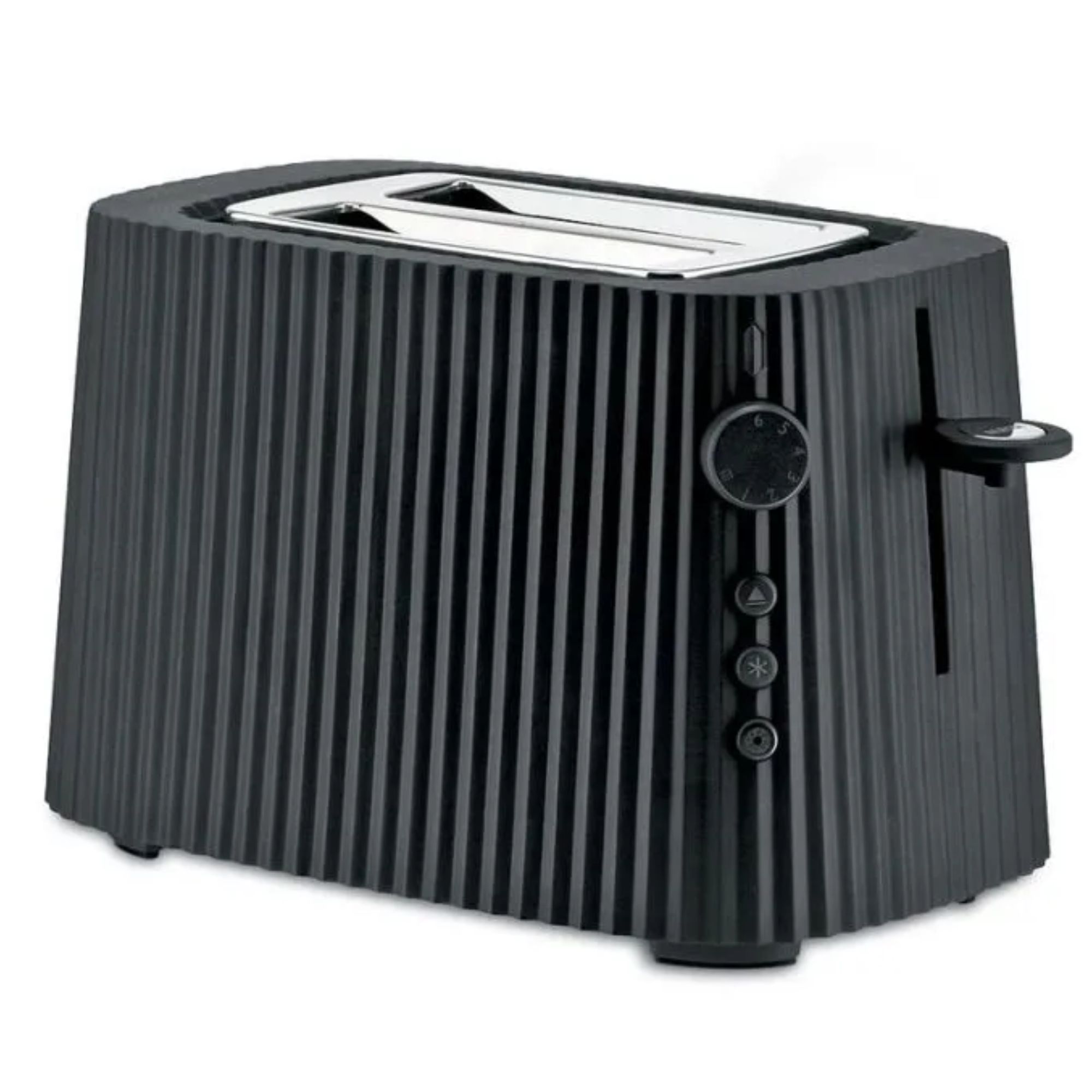
For contemporary kitchens
This is the most beautiful toaster on the market. It could easily be mistaken for a decorative object in a sleek, smart and modern kitchen.
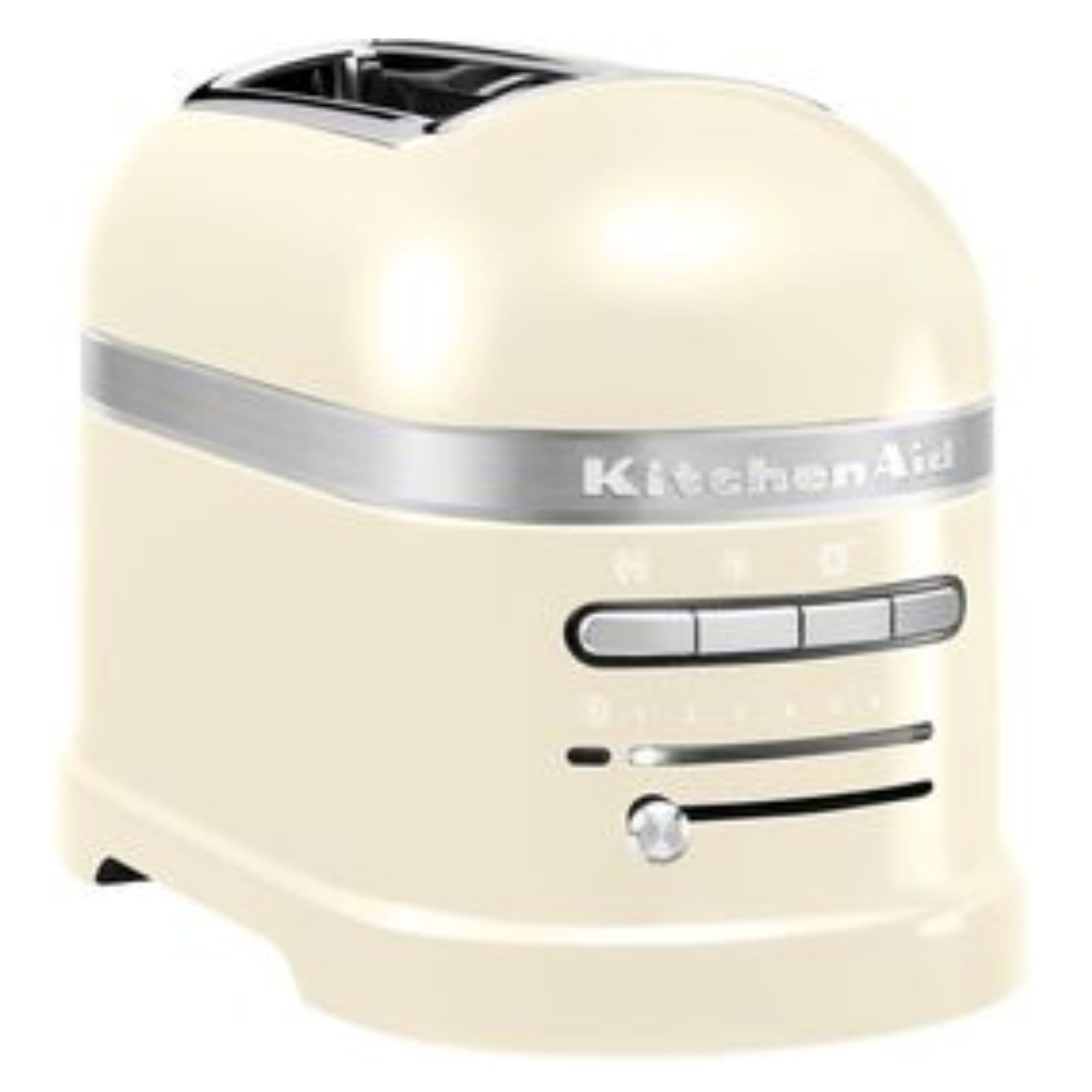
For traditional kitchens
Everyone knows the KitchenAid name. Their line of toasters is another notch in their belt, lending classic looks and a range of color options to any kitchen.
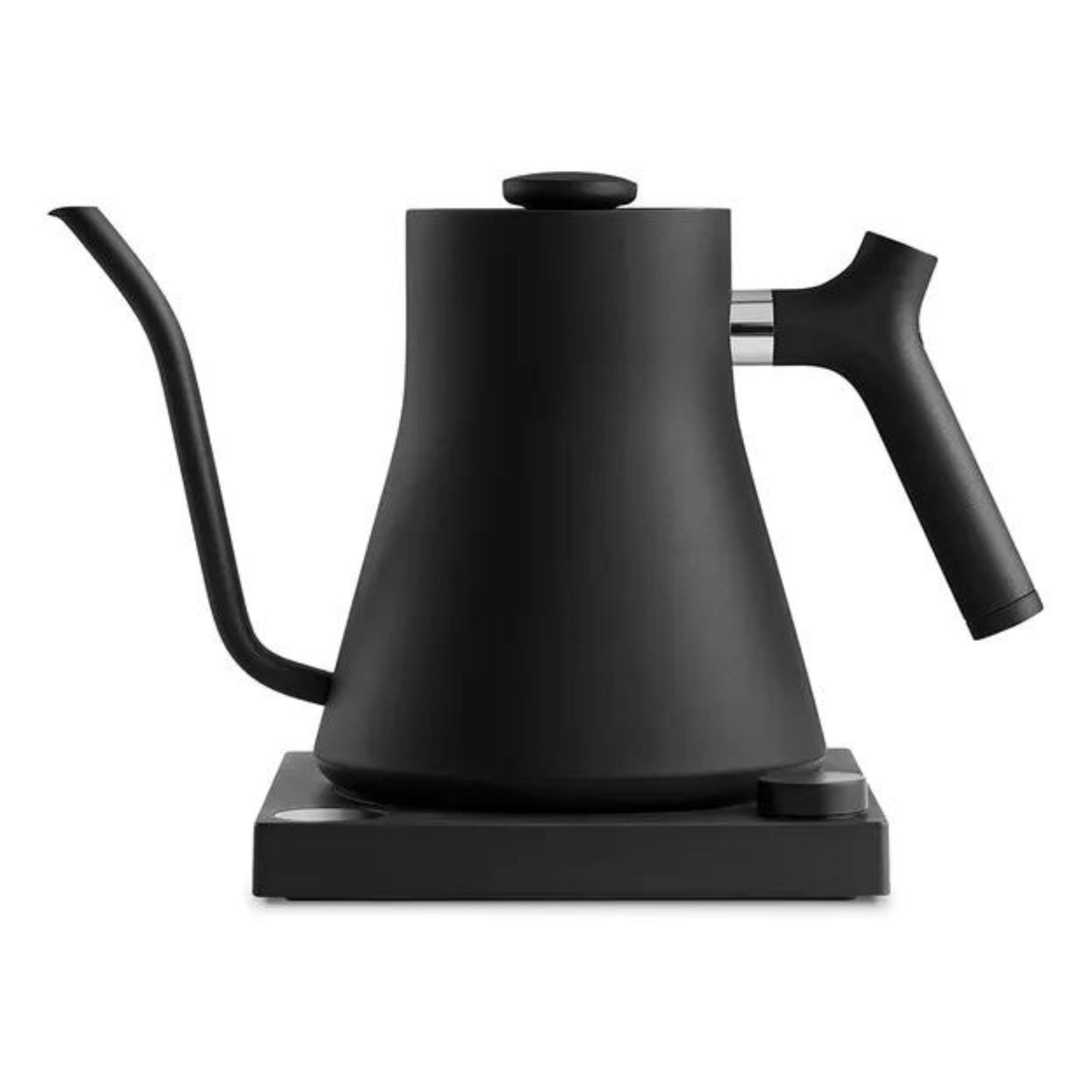
For Scandi-style kitchens
This gooseneck kettle is great if you want precision pours and perfect aesthetics. It would look great in a modern kitchen as well as a Scandi-style one too.
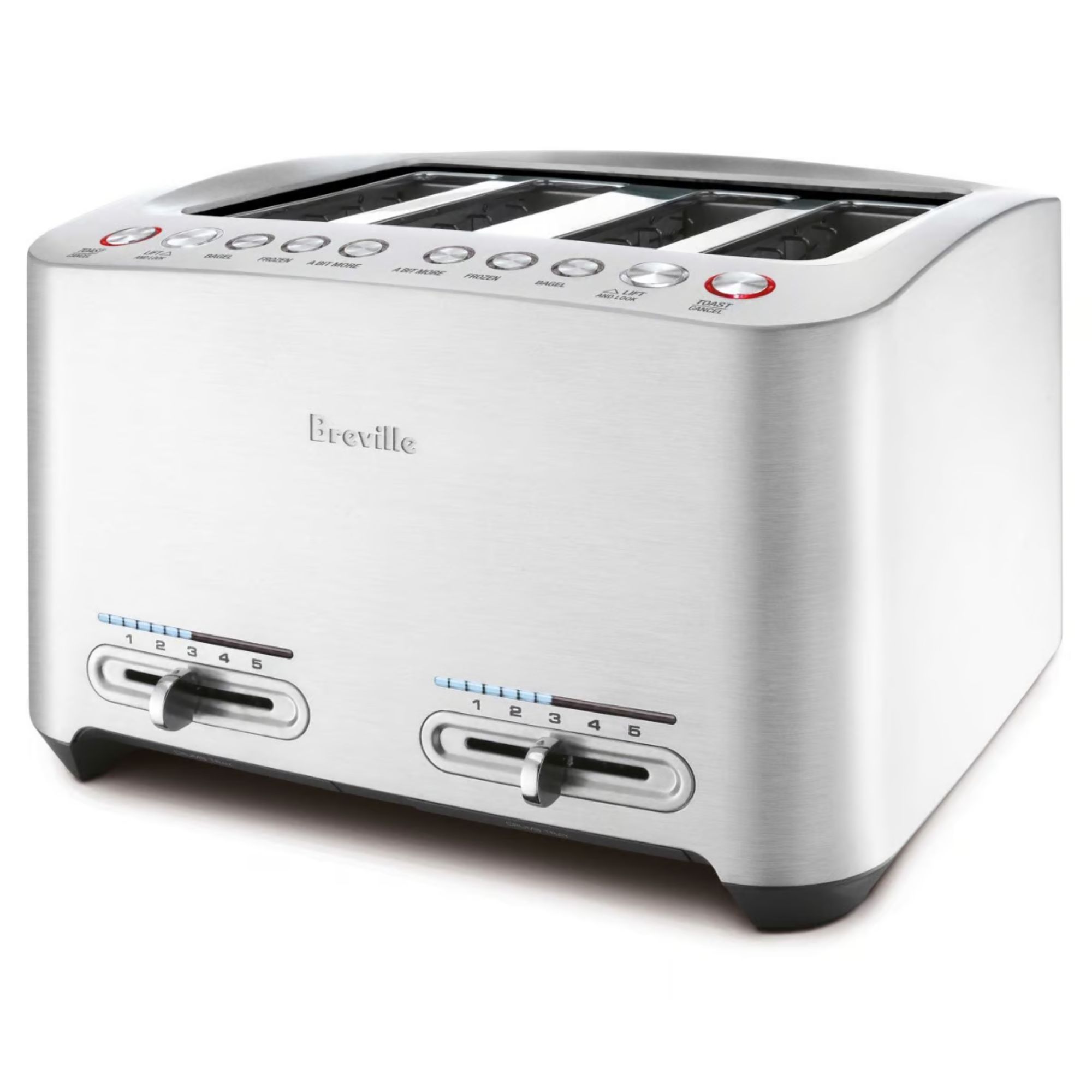
For industrial-style kitchens
The brushed stainless steel finish and boxy design of the Breville makes it great for modern, industrial kitchens. It's one of the best we've tested too.
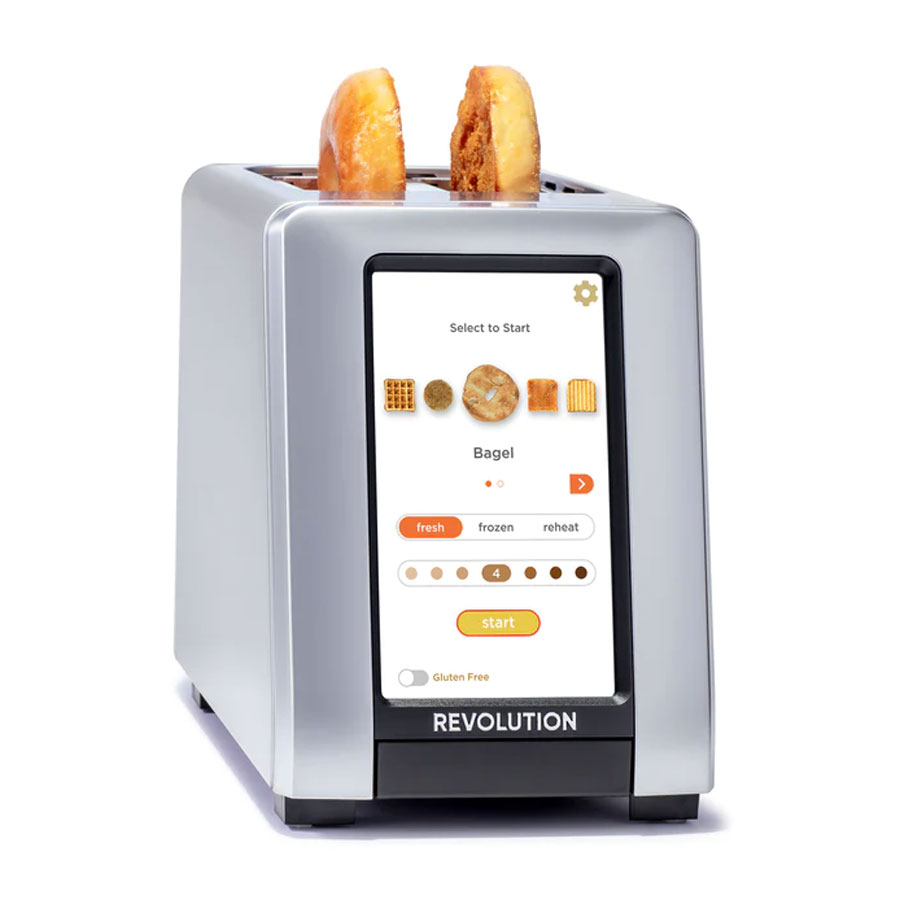
For modern kitchens
This screams techy kitchen with the sleek, smart-phone style interface. It's perfect if you want to get geeky about your toast and still have a smart-looking toaster.
What size toaster do I need?

The size of toaster that you'll need falls into two categories: dimensions and slots. Knowing what the dimensions of your toaster should be is straightforward. I'd recommend measuring the height, depth, and width of the countertop or cupboard that you plan on keeping your toaster in. You need to make sure that there's enough clearance for toast to pop up without obstruction. Plus, you don't want any cabinets or shelves above it, since these can be a fire hazard.
Your toaster should generally only come out by about 1/3 onto the countertop. That way it won't be too obtrusive in the space of the whole kitchen. Even if it's a beautiful toaster, you won't want it to dominate.
Slot wise, you generally get to choose between two or four slice toasters. If you have a large household or you're often hosting, you'll want a four-slice toaster. Two slice toasters are great for smaller kitchens, because they're usually around 11 x 7 inches big. Four slice toasters typically measure around 14 x 9 inches, so they're more versatile, but also more demanding space-wise.
Design expertise in your inbox – from inspiring decorating ideas and beautiful celebrity homes to practical gardening advice and shopping round-ups.
For those who also enjoy artisanal or homemade bread, it's worth looking for four-slice toasters that are made up of two long slots rather than four normal-sized ones. This will mean that you can fit long slices of sourdough into them without needing to cut them in half. We'd always recommend making sure that the slots are long and wide enough to fit your favorite bread in.
What functions and settings are essential?
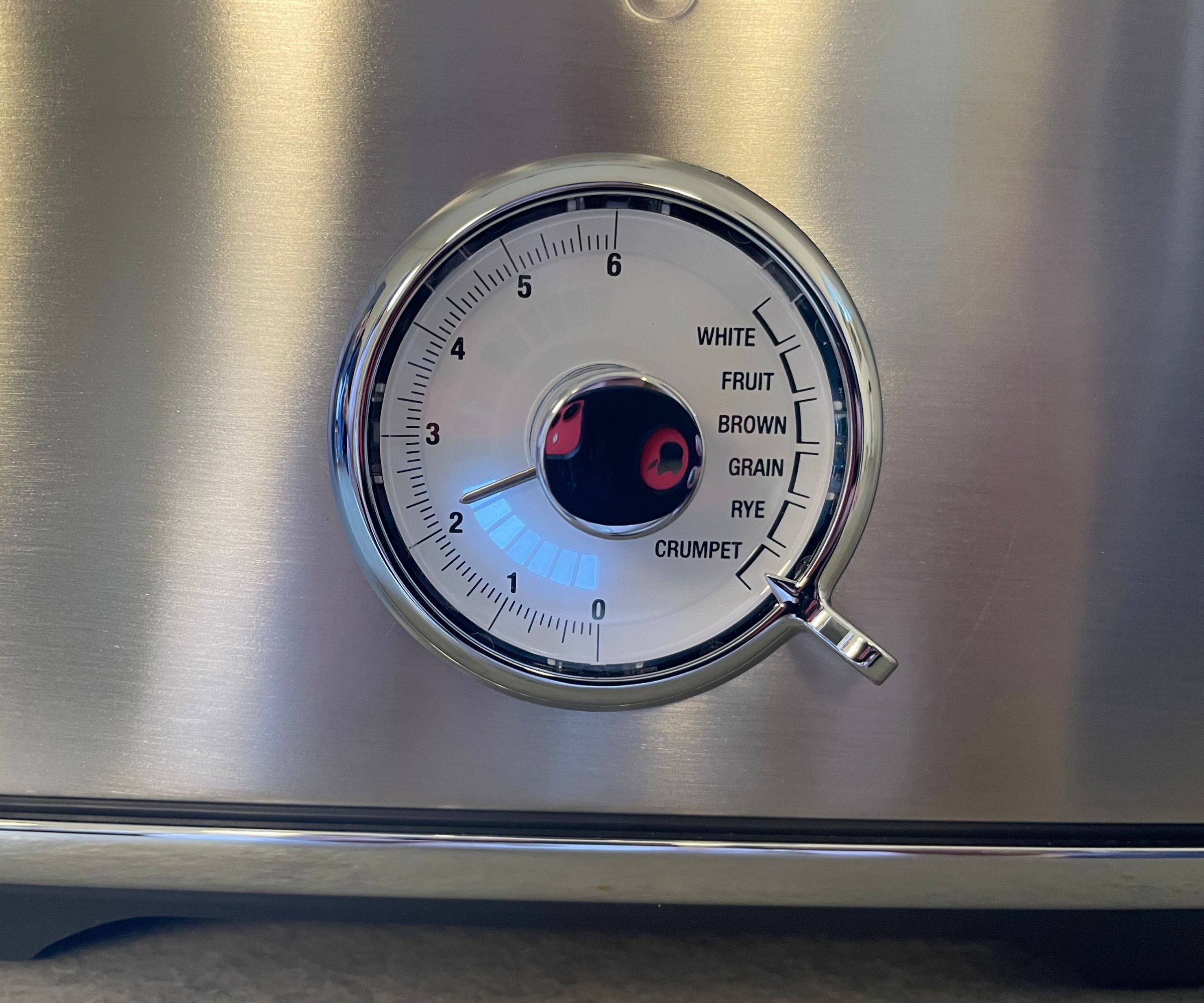
Basic toasters should have at least a toast and defrost setting. This allows you to toast simple slices of bread, both fresh and from the freezer. Lots of basic models also offer a bagel setting which can toast the cut side of the bagel whilst warming the outside.
If you like a more advanced and technical toaster, you might want to look for pre-sets, which will toast your bread to different levels depending on whether it's an enriched dough sourdough, pop tart, or seeded, brown bread. These settings might also let you control how brown or crispy your toast ends up. The best toasters will give you a countdown to when your toast is ready, so that you know whether you've got time to tackle other tasks in the kitchen before your toast pops up.
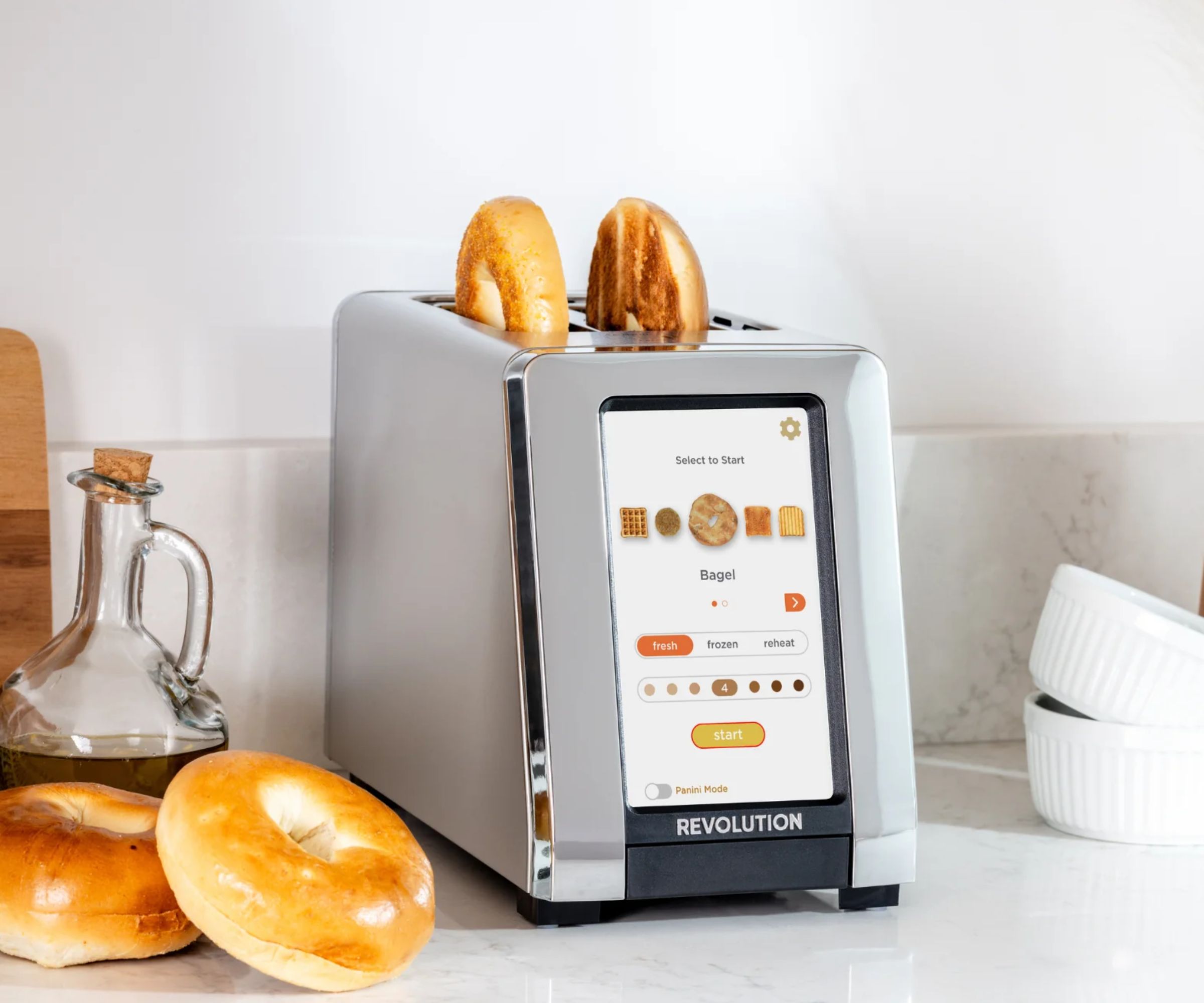
You should also get a reheat and a cancel button, which allows you to control and stop your toasting when you notice that it looks brown. Some smarter toasters offer a high-lift lever that allows you to safely check the toast levels of your bread without finishing the toasting timer cycle. It'll also help you to easily lift smaller items such as English muffins and short pieces of bread out of the toaster without burning your fingers. If that's never something that's relevant to you, there's no point in spending more money on features that you won't use.
Modern toasters have automatic lift and lower functions, so that all you have to do is press a button and the toaster will do the rest for you. This might sound lavish, but just wait until you deep dive into smart toasters. You can get touchscreen models with apps and WiFi connectivity, which act like smartphones giving you technical controls, including customizable settings, over your bread.
What is a good energy usage for a toaster?

Toasters are generally pretty efficient appliances. A toaster that is around 800-1,000 Watts will generally be considered energy efficient. It's worth looking for certifications, such as Energy Stars which will give you an indicator that your toaster is ultra-energy efficient.
If you're conscious of your consumption, it's a good idea to unplug your toaster when it's not in use. These can consume power when they're on standby, so if you need to reduce your utilities, make sure it's not draining energy when it's not in use. It's also important to only toast what you need. If you overfill it, your toaster will become less efficient, requiring more energy to produce standard results.
Do you need any extra accessories
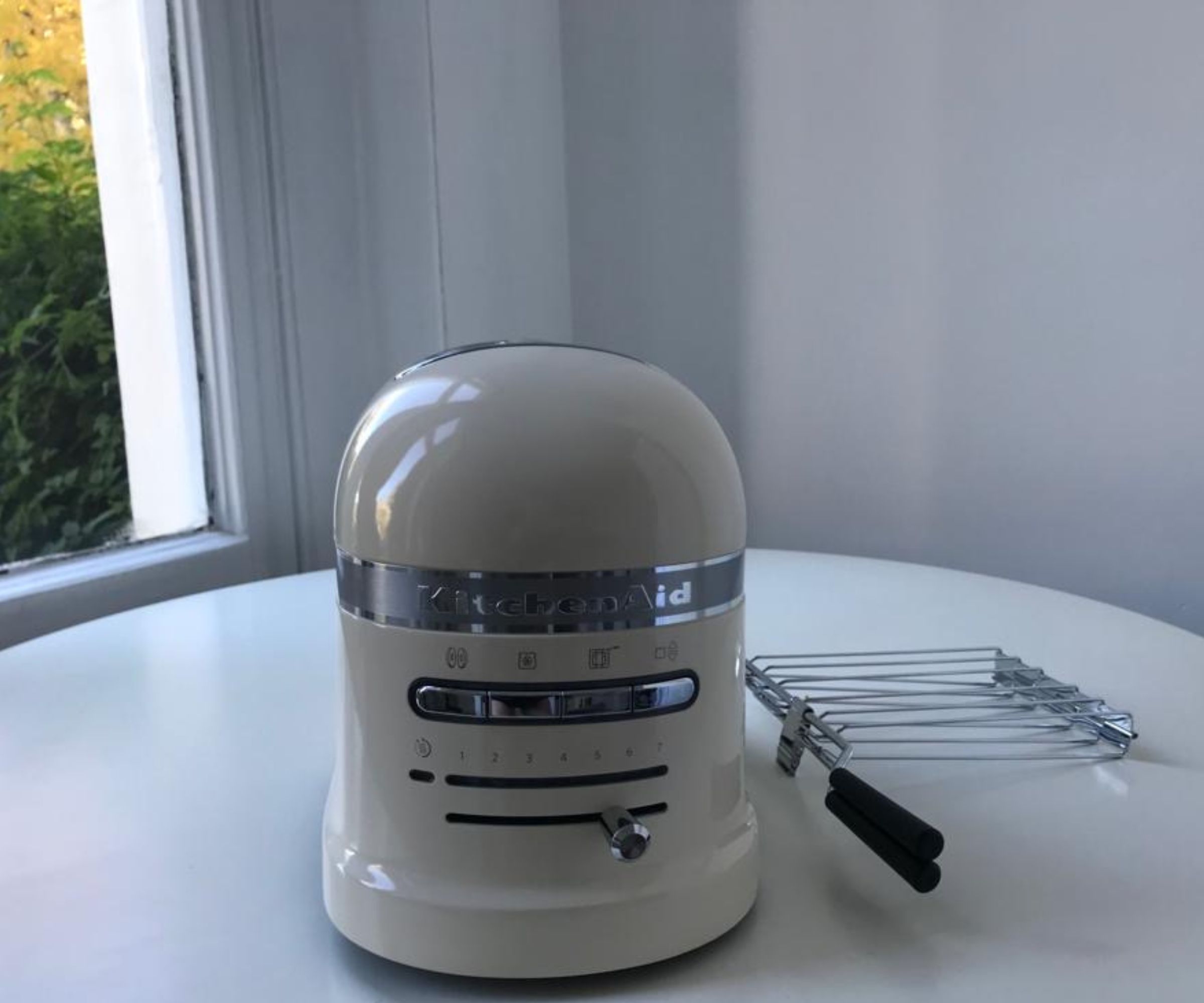
Premium toasters might come with some extra accessories. Whilst these aren't essentials, they might make your toaster more versatile. For example, if you have toast tongs and a sandwich press, you can make toasties without too much mess. You might also get a wire rack, especially with a four-slice toaster, which will help you put baked foods, such as pastries and croissants into your toaster.
How much money should you spend on a toaster?

There's no fixed price that you should spend on a toaster, I say this as someone who has spent more money than she would have liked to on hers (although I don't have any regrets). If you want a basic toaster with simple functions, you can get away with spending $30. However, be prepared to compromise on warranty, functions, design, and durability.
Mid-range toasters will cost up to $100, offering some more advanced features, a reasonable build quality, a longer warranty period (a few years), and more versatility. If you up your budget a little more, you'll be spending up to $200, but you'll get an Energy Star certification, ten (or more) year warranty, sleek design, and digital displays and timers.
If you need to work out how much to spend, think about how often you'll use it, the interior design of your kitchen, which features you really need, and which brand you're buying from. I bought a KitchenAid ProLine toaster because I already have a KitchenAid kettle and wanted mine to match. I spent a little more money on the auto-lowering function and capacity, but as someone who bakes their own bread, it's worth every penny.

Laura is our eCommerce editor. As a fully qualified barista, she's our expert in all things coffee and has tested over thirty of the best coffee makers on the market. She has also interviewed Q-Graders and world-leading experts in the coffee industry, so has an intimate knowledge of all things coffee. Before joining Homes & Gardens, she studied English at Oxford University. Whilst studying, she trained as a master perfumer and worked in the luxury fragrance industry for five years. Her collection of home fragrance is extensive and she's met and interviewed five of the world's finest perfumers (also known as 'noses'). As a result of this expansive fragrance knowledge, she always puts quality and style over quantity and fads. Laura looks for products which have been designed simply and with thoughtful finishes.